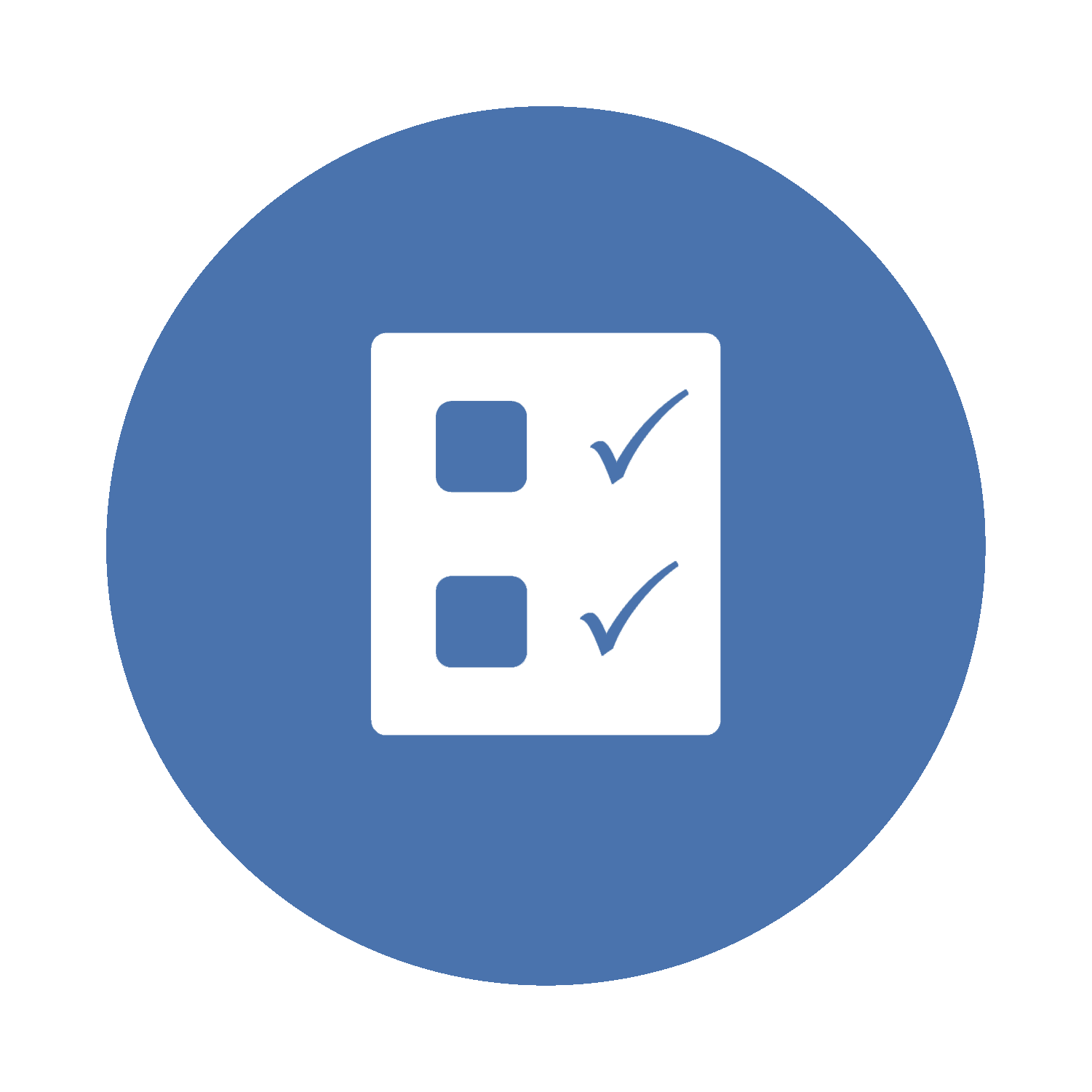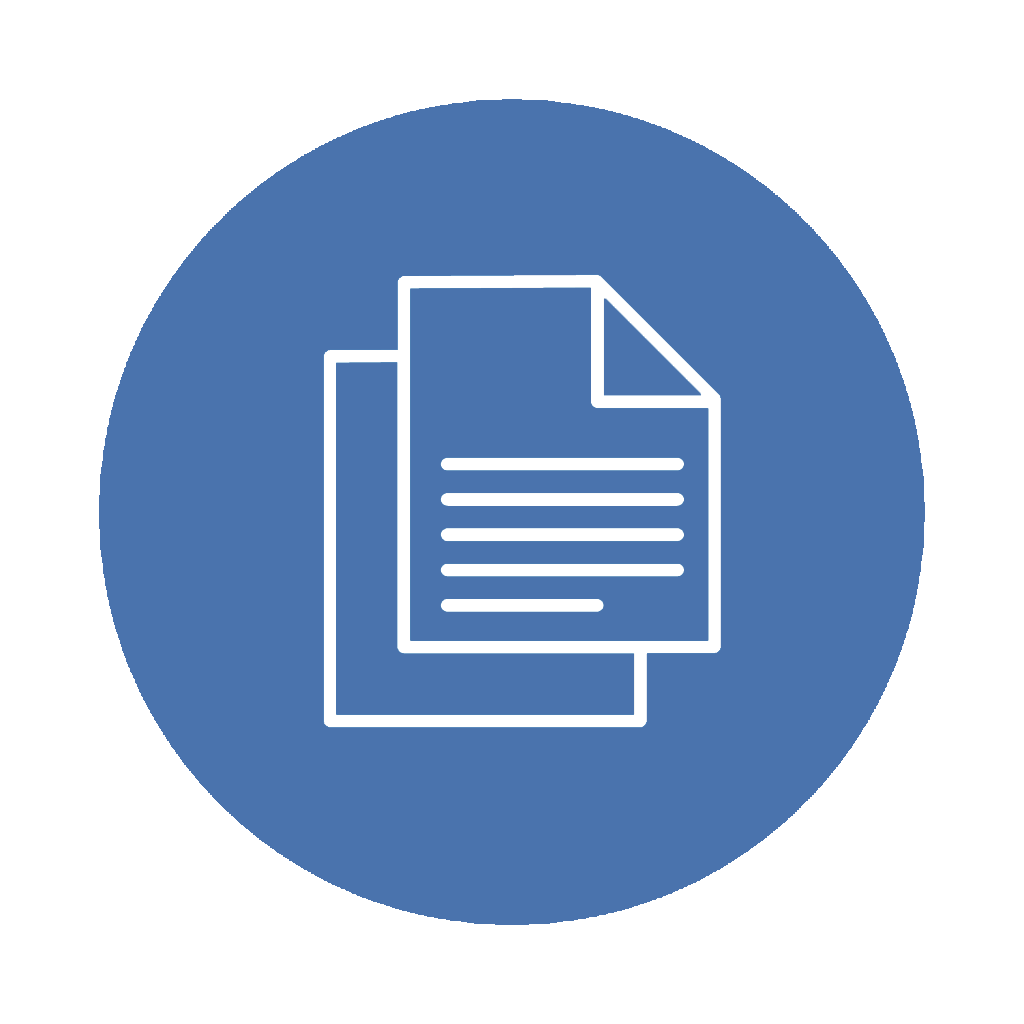04. Enterprise IS Governance, Risk Management, and Controls
04.03. IT Risk Management Frameworks and Practices

 Briefly reflect on the following before we begin:
Briefly reflect on the following before we begin:
- What is the importance of IT risk management in contemporary organizations?
- What are some key considerations when managing IT risks related to regulatory and compliance aspects?
- Can you imagine an example of poor IT risk management leading to significant organizational issues?
This section critically explores how organizations can effectively anticipate, understand, and mitigate IT risks. We will begin with an overview of the COSO Risk Management Framework and its components. The framework’s relevance to IT risk management is crucial, and our discussion will illuminate how it integrates into the broader scope of organizational risk management strategies.
Next, we delve into integrating risk management with IS governance, essential for creating a cohesive strategy that aligns IT risks with business objectives. It is not just about managing risks within the IT department but about ensuring they are understood and worked in the context of the organization’s overall risk profile.
Regulatory and compliance aspects form a significant part of IT risk management. We will navigate the complex landscape of laws, regulations, and standards that govern IT risks as it helps recognize how these regulations impact IT and threaten management strategies and practices. The impact of emerging technologies such as artificial intelligence (AI), machine learning, and the ever-evolving cybersecurity threats and trends on IT risk management pose new challenges in risk management. We will also review these challenges and discuss how organizations can adapt their risk management strategies to stay ahead of these technological advancements.
An Overview of COSO Risk Management Framework and Its Components
Originating from the Committee of Sponsoring Organizations of the Treadway Commission (COSO), the COSO Risk Management framework offers a comprehensive approach to managing risks effectively. The COSO risk management framework centers around three key objectives: Operations, Reporting, and Compliance. For operations, it ensures effective and efficient use of resources. In reporting, it focuses on the reliability of reporting systems. For compliance, it aligns with relevant laws and regulations.
The COSO risk management framework comprises the following five interconnected components, forming a cohesive model for managing risks:
- Risk Management Environment
- The risk management environment sets the tone and reflects the organization’s attitude towards risk management. Factors like organizational culture and governance structure shape this environment.
- Risk Assessment
- Risk assessment is the process of identifying and evaluating risks. It involves understanding the nature of risks and their potential impact. IT risks are particularly dynamic. They evolve with technological advancements.
- Risk Response
- Risk response requires the organization to decide how to address identified risks. Options include avoiding, accepting, reducing, or sharing risks. The chosen response should align with the organization’s risk appetite and strategy.
- Control Activities
- Control activities are the actions taken to mitigate risks. In IT, these may include system controls, security measures, and data integrity checks. Practical control activities are tailored to specific risks. They are integral to safeguarding IT assets.
- Monitoring
- Monitoring is the process of assessing the framework’s performance over time. It involves regular reviews and necessary adjustments. Monitoring ensures that the framework remains practical and relevant.
The COSO risk management framework is dynamic and adapts to changing organizational needs and external environments. It also provides a holistic view by considering all aspects of an organization’s IT risk management since such risks are multifaceted and interconnected. The framework also emphasizes the importance of internal controls to ensure data integrity and security. Another critical aspect is the emphasis on organizational culture, supportive of risk management through proactive risk identification and management.
See the COSO website for more details on the COSO Risk Management framework.
Integrating Risk Management with IS Governance
Integrating risk management with Information Systems (IS) governance ensures that IT risks are aligned with organizational goals. As we know, IS governance sets the strategic direction for IT in an organization and ensures that IT investments align with business objectives. Risk management, on the other hand, involves identifying, assessing, and mitigating risks. When integrated, these two functions create a robust framework. This framework supports informed decision-making and enhances value delivery.
The integration process begins with a clear understanding of organizational objectives. These objectives guide both IS governance and risk management. The alignment ensures that IT risks are evaluated in the context of their impact on organizational goals. A vital aspect of this integration is establishing a governance framework that defines roles and responsibilities. It also sets policies and procedures for IT risk management, ensuring consistency in managing risks across the organization. Effective communication channels are crucial in this process as they facilitate the flow of information between governance bodies and risk management teams. This communication ensures that all stakeholders clearly understand IT risks and their implications. Risk-aware culture is another critical factor that encourages proactive identification and management of IT risks. A culture that values risk management supports the integration process. It ensures that risk considerations are part of every IT decision.
Similarly, continuous monitoring is vital for the success of this integration through regular reviews of the risk landscape and governance processes. It also ensures that the organization remains responsive to changing IT risks and business needs. Accurate and timely data allows for practical risk assessment and decision-making. Data analytics tools can be employed to gain insights into risk trends and improve decision-making and strategic planning.
An essential challenge in this integration is balancing risk management with innovation. Organizations must manage risks without stifling technological advancement. This balance is critical for maintaining competitiveness in a rapidly evolving IT landscape. Similarly, regulatory compliance poses another potential hurdle. The IT environment is often subject to various regulations. Integrating risk management with IS governance ensures compliance and minimizes the risk of legal or regulatory penalties. Moreover, employees at all levels need to understand the importance of this integration. Training programs can build competencies in risk management and governance. This empowers employees to contribute effectively to the process.
Regulatory and Compliance Aspects of IT Risk Management
IT risk management’s regulatory and compliance aspects ensure that an organization’s IT practices align with legal and industry standards. This alignment is a legal requirement and a strategic asset by enhancing trust and credibility among stakeholders.
Understanding the regulatory landscape is the first step in managing these aspects. They address issues like data protection, cybersecurity, and financial reporting. Staying informed about relevant regulations is essential. It helps organizations anticipate and manage compliance risks. Select examples of such regulatory requirements include:
- The General Data Protection Regulation (GDPR) in the European Union emphasizes the protection of personal data. It imposes strict rules on data handling and privacy. Compliance with GDPR is crucial for organizations operating in or dealing with the EU.
- The Health Insurance Portability and Accountability Act (HIPAA) in the USA governs the handling of health information and sets standards for protecting sensitive patient data. Compliance with HIPAA is mandatory for healthcare providers and their associates.
- Financial regulations such as the Sarbanes-Oxley Act (SOX) in the U.S. mandate the integrity of financial reporting and require organizations to implement internal controls for accurate financial disclosure.
Compliance is about more than just following rules. It also involves understanding the spirit of these regulations. The goal is to create a secure and transparent IT environment to protect stakeholders and support business integrity. Implementing compliance measures is complex and involves developing policies, procedures, and controls. These measures must be tailored to the organization’s specific regulatory requirements to address data security, access control, and incident response. Regular audits are essential in ensuring compliance through an in-depth and comprehensive assessment of IT controls’ design and operational effectiveness. They identify gaps and areas for improvement. Through such audits, organizations can demonstrate their commitment to regulatory compliance.
Technological tools, such as data encryption, intrusion detection systems, and compliance management software, are crucial in managing regulatory and compliance risks through automation and streamlining compliance processes. Organizations should also maintain clear records of their compliance efforts. This documentation can include policies, procedures, audit reports, and training records. In case of regulatory inquiries, this documentation serves as evidence of compliance efforts.
 In the Spotlight
In the Spotlight
For additional context on implementing IT Risk Management using COBIT 5 at a multi-national organization, please read the article titled “IT Risk Management Based on COBIT 5 for Risk at Deutsche Telekom AG” [opens in new tab].
Moll, H. (2018). IT risk management based on COBIT 5 for risk at Deutsche Telekom AG. ISACA Journal, 3. https://www.isaca.org/resources/isaca-journal/issues/2018/volume-3/it-risk-management-based-on-cobit-5-for-risk-at-deutsche-telekom-ag
 Key Takeaways
Key Takeaways
Let’s recap the key concepts discussed in this section by watching this video.
Source: Mehta, A.M. (2023, December 6). AIS OER ch 04 topic 03 key takeaways [Video]. https://youtu.be/TfInTU0zj54
 Knowledge Check
Knowledge Check
 Review Questions
Review Questions
- Describe how the COSO Risk Management Framework’s component of “Risk Assessment” functions within the framework.
- Explain the importance of effective communication channels in integrating risk management with IS governance.
- Why is regular auditing necessary to maintain IT regulations and compliance?
 Essay Questions
Essay Questions
- Explain how the five COSO Risk Management Framework components work together to ensure effective risk management in an organization, particularly in IT.
- Discuss the importance and challenges of integrating risk management with IS governance and describe how organizations can effectively achieve this integration.
 Mini Case Study
Mini Case Study
Imagine you are an IT risk manager at a multinational corporation. Your company is planning to implement a new enterprise-wide software system. As part of this implementation, you must ensure that the project aligns with the COSO Risk Management Framework, integrates risk management with IS governance, and adheres to relevant regulatory and compliance aspects.
Required: Describe how you would apply the concepts from these three topics to this scenario. Include specific actions and considerations related to each topic to ensure the successful implementation of the new software system while effectively managing associated risks.
The process of identifying potential risks that could affect an organization's IT operations.

